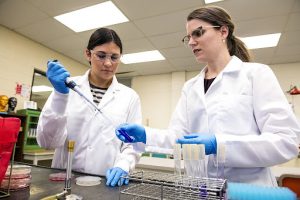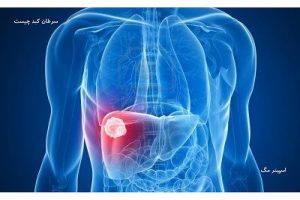
A study at the University of Michigan was conducted using a relatively new noninvasive technique that claims to get rid of cancerous liver tumors called histotripsy. The study revealed that the sound technology used in histotripsy was able to successfully destroy 50 to 75 percent of cancerous liver tumor mass.
The university’s study, performed on rats, showed that their technology was able to break down the tumors in rats and kill cancer cells. It even boosted the rats’ immune systems to prevent future recurrence; over 80 percent of the rats that underwent the treatment did not show any signs of the tumor coming back.
Their treatment, histotripsy, was first developed in the early 2000s. It uses ultrasound waves to destroy the target tissue with millimeter precision, in a way that is much more noninvasive and safer than other cancer treatments. Even without destroying the entire tumor, the technique destroys the majority and allows the body’s immune system to eliminate the rest. It also boosts the immune system so that there is a lower chance of the tumors coming back. To target these tissues with such precision, histotripsy uses microsecond long pulses from a transducer to generate microbubbles within the tissues. The bubbles rapidly expand and collapse, killing the cancer cells and breaking up the tumor’s structure.

While ultrasounds are usually used to create pictures of the inside of a body, such as a pregnancy ultrasound, scientists at the University of Michigan have pioneered them to be used for treatment. Their technology is currently being used in a human liver cancer trial in the US and Europe. Researchers are also studying how this technique can be used to treat strokes.
Liver cancer is one of the top 10 causes of cancer-related deaths worldwide. In the US, the five year survival rate is less than 18 percent and there is also a high chance of tumor recurrence. According to experts, histotripsy seems to be a very promising way to treat liver cancer, as it is able to overcome many past limitations and it is more safe and noninvasive to the body.
Written by: Vivien Chen
April 29, 2022
Sources
